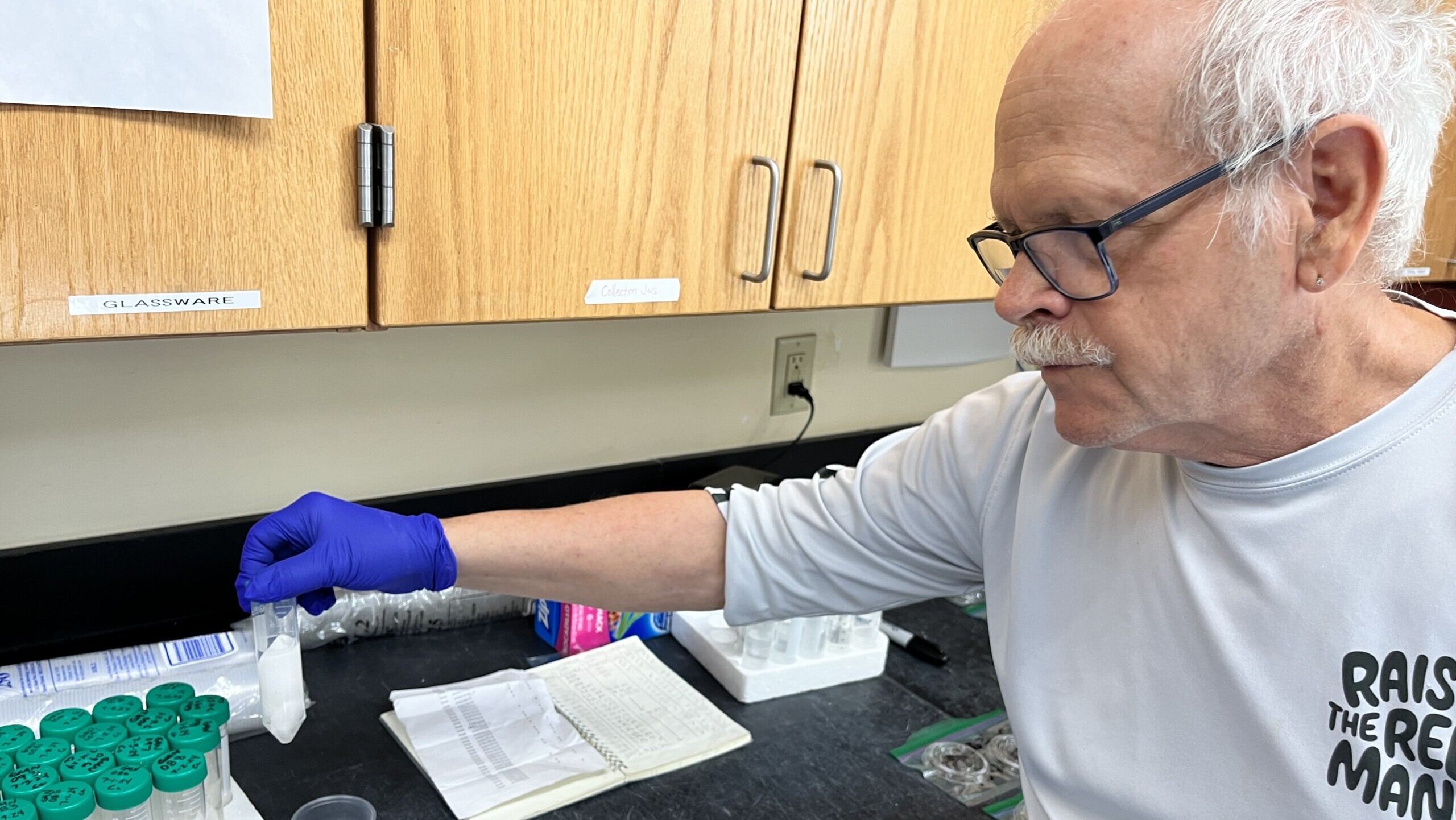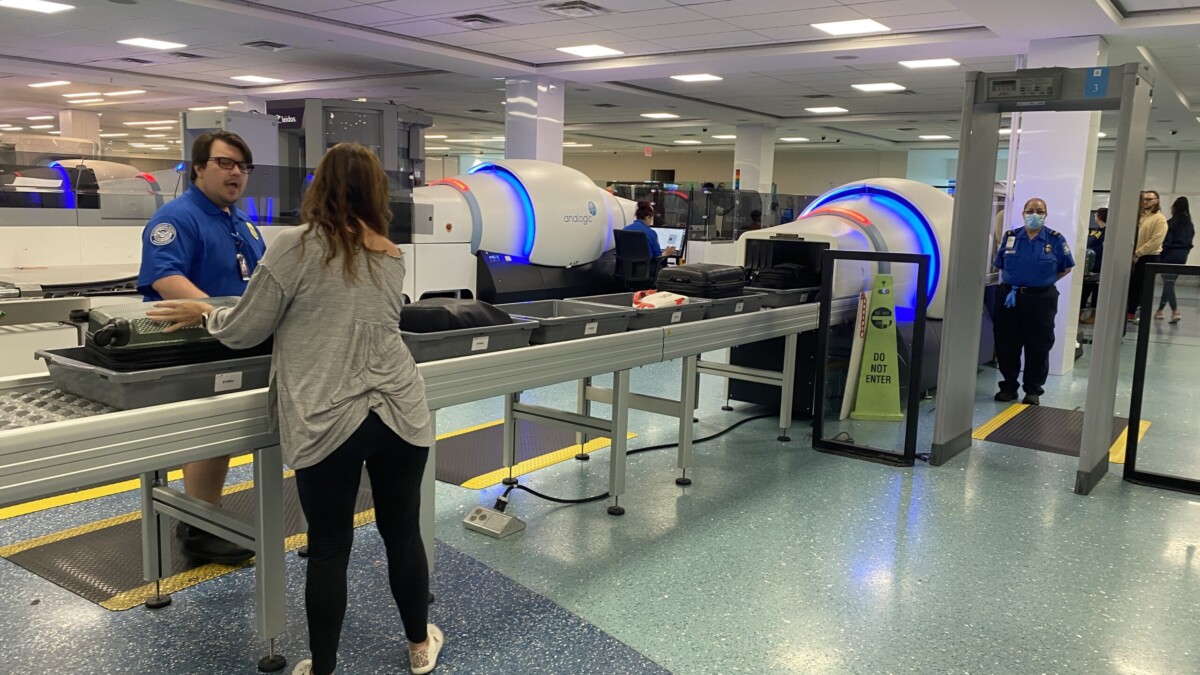Early in the mornings during sea turtle season, volunteers like husband and wife Brad and Esther Mahames aren’t sleeping in, and they’re not on the beach just to enjoy the sunrise.
The couple are two of the volunteer researchers at Guana Tolomato Matanzas Research Reserve in St. Johns County, and they’re part of the team working hard to keep tabs on the number of sea turtles on the First Coast’s beaches.
Sea turtle season in Florida runs from around March through October every year, and it’s thanks to volunteers like Brad and Esther who get up early in the morning and ride their ATVs up and down the beach near GTM Research Reserve that conservationists and researchers know how many sea turtle nests are on the beach.
Since the start of sea turtle nesting season, about 130 nests have been identified in Duval and more than 650 in St. Johns County. As of July 11, 210 of those nests in St. Johns County were spotted on beaches surveyed by GTM Research Reserve volunteers.
Since the reserve is equipped with a lab, volunteers collect extra data about the turtles.
Jeff Finnan is one of the volunteers helping collect genetic data from loggerhead sea turtle eggs.
The first step, he says, is looking for tracks on the beach to determine where a sea turtle mother might have laid her collection of eggs, known as a clutch.
“Sometimes it’s very easy, and sometimes it takes a while,” Finnan says. “I always kind of joke, the turtle doesn’t follow the rules of wherever she’s supposed to have her collection, because she disguises it a bit.”
Loggerhead sea turtles are the most common in Northeast Florida, and their clutches tend to have anywhere from 80 to 150 eggs, each shaped like a little white pingpong ball.

Once a group of volunteers has identified a clutch, they’ll mark it off with stakes so other beachgoers know to avoid it. Then, they’ll take the top egg from the stack.
Once that egg is back in the lab, it’s prepped for DNA testing.
“What we can get from the outside of the shell is the mitochondrial DNA so you can track the mother,” Finnan explains.
He peels the rubbery shell off of each egg, preserving it in an alcohol-filled vial. Next, Finnan separates the yolk and white of the egg into two separate containers. Those parts of the egg can be analyzed, Finnan says, to determine what kind of food the mother turtle has been eating, allowing researchers to more accurately pinpoint a sea turtle’s location.
By collaborating with labs around the state and up the east coast, the team is able to determine where sea turtles who build nests in St. Johns County go next, and where they’ve been before Northeast Florida.
For the motley crew of volunteers at GTM Research Reserve, it’s a rush to be able to participate in science, especially since a number of them came from working in scientific fields. Finnan is a retired chemist, Brad Mahames is a retired Environmental Protection Agency investigator and his wife Esther helped determine what companies were fit to produce machinery for the U.S. Navy.
They are just some of the volunteers who help the paid staff and student interns collect data that helps researchers better understand the local ecosystem and ecosystems far beyond St. Johns County.
And when sea turtle nesting season is over in November, they will be just some of volunteers who we have to thank for keeping track of and protecting the next generation of sea turtles.







